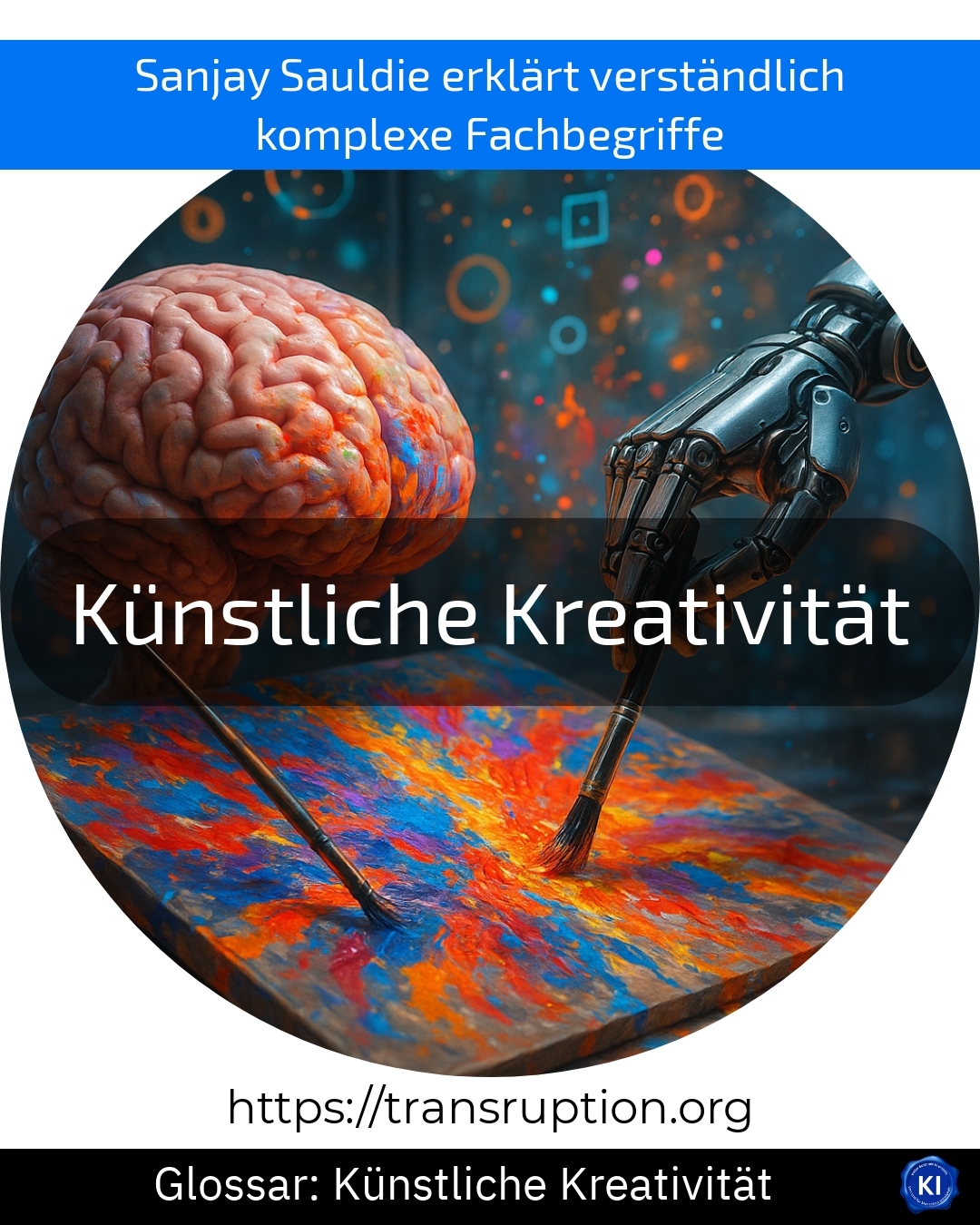Artificial creativity belongs to the fields of artificial intelligence, digital transformation and digital society. The term describes the ability of computers or machines to take on creative tasks that were previously reserved for humans. This includes, for example, painting pictures, composing music or writing texts. This is made possible by advanced algorithms and large amounts of data from which the systems can learn.
An example: A company wants to develop new advertising slogans. Instead of relying solely on traditional agencies, it utilises artificial creativity. An AI system analyses millions of advertising texts and then invents its own, completely new slogans. These are then scrutinised by humans and the best ones selected. The result is a mixture of human and machine inventiveness.
Artificial creativity helps companies to develop new ideas faster and inspires employees to come up with extraordinary solutions. It is far from perfect, but it helps us to abandon old ways of thinking and find innovative approaches.















